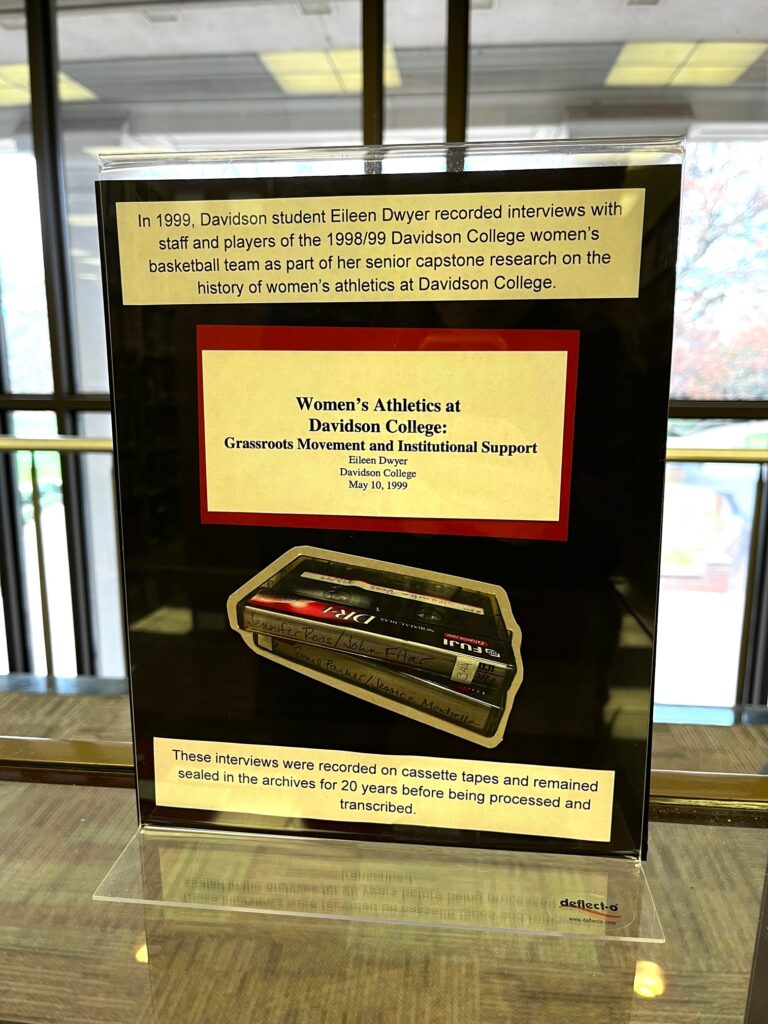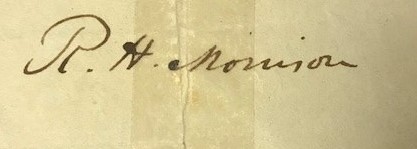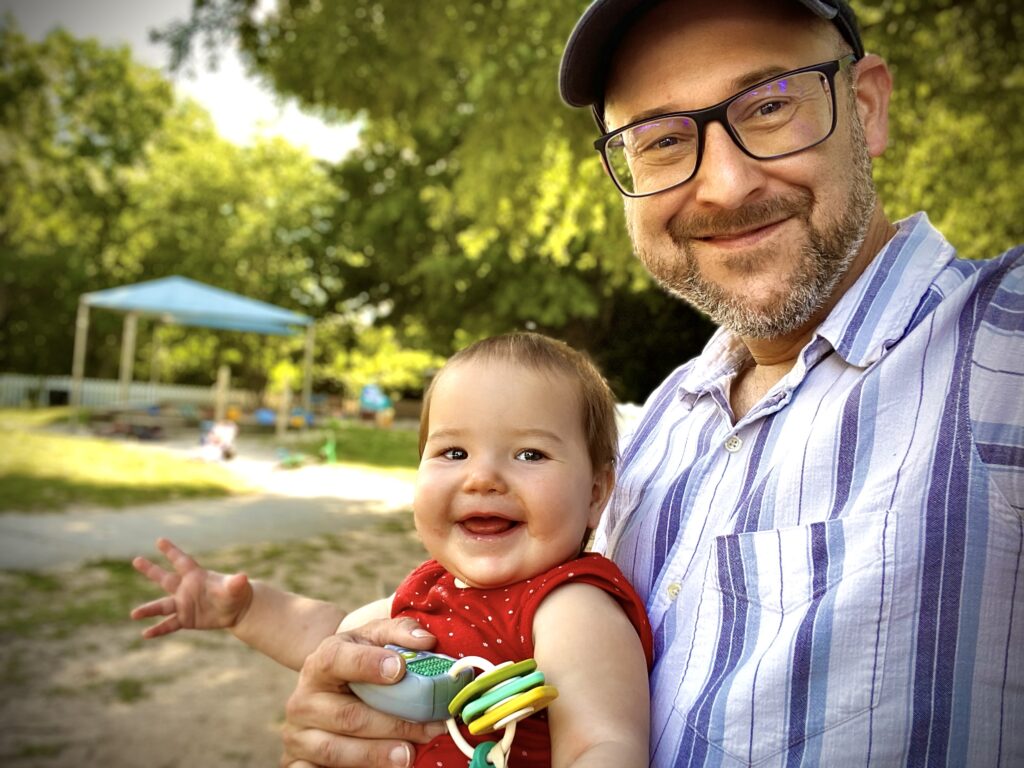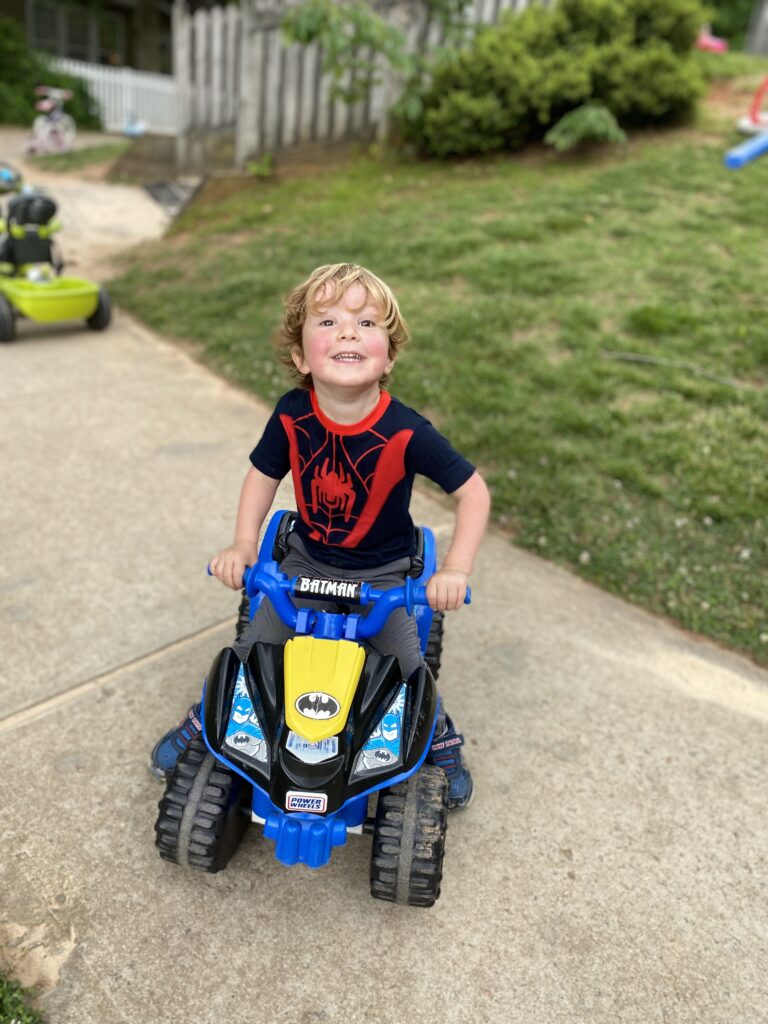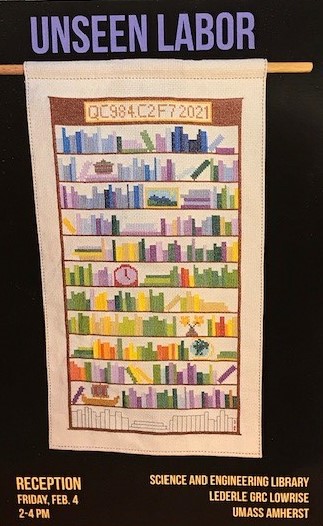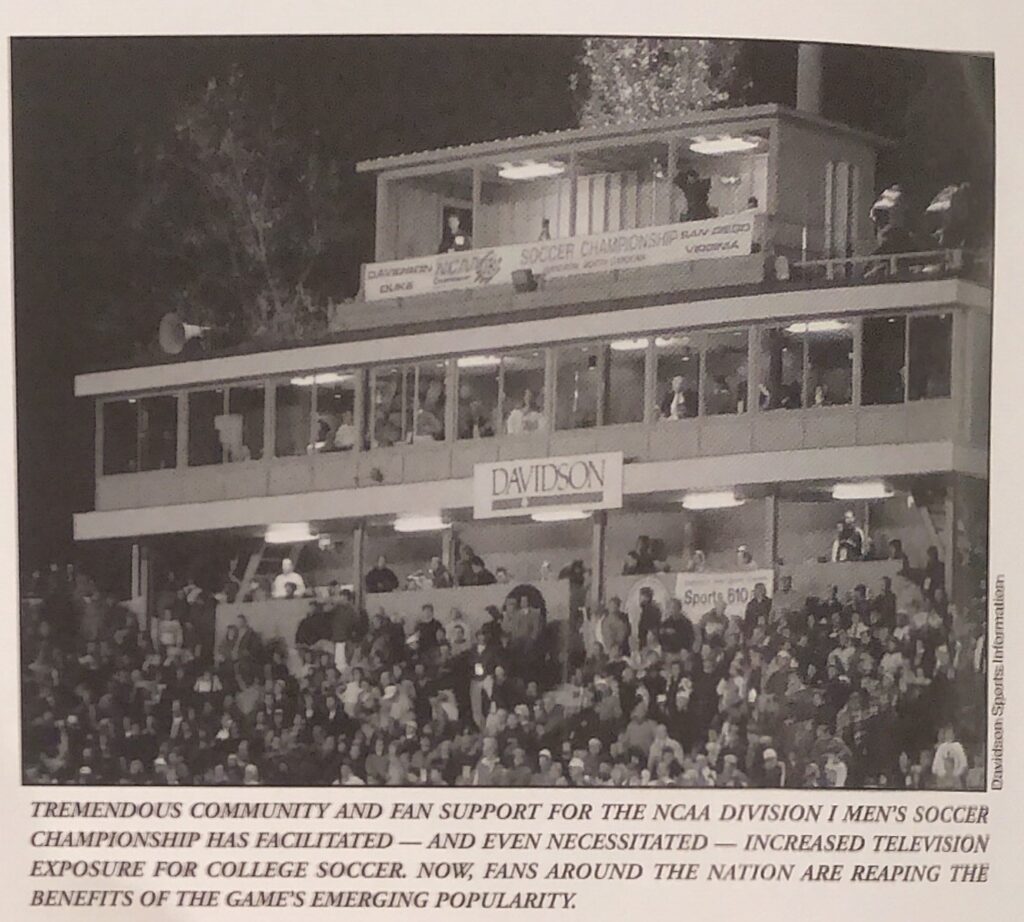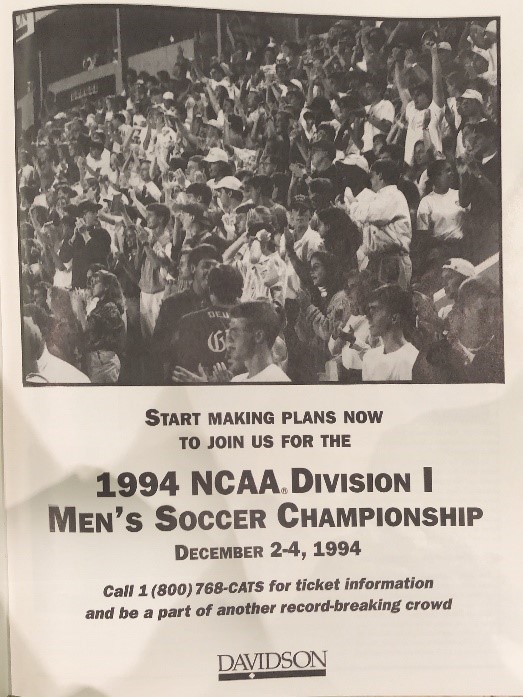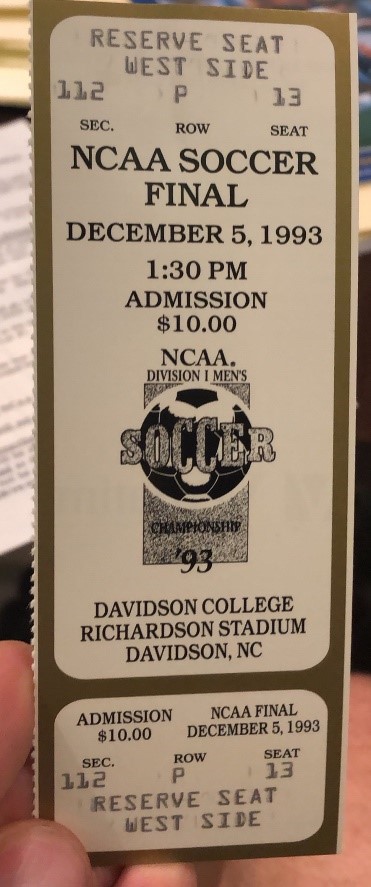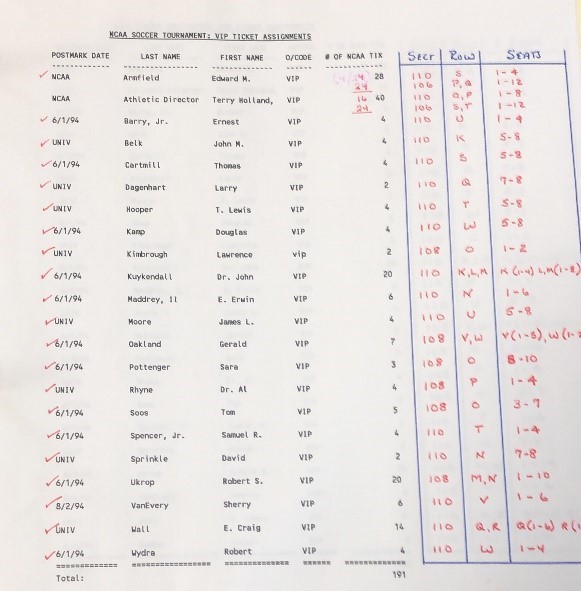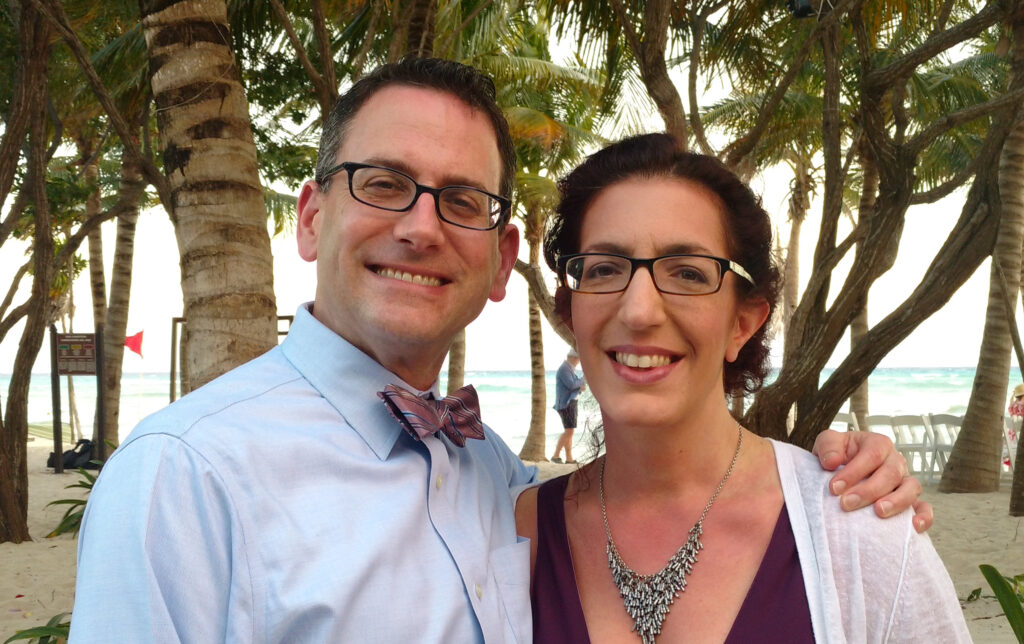
1.You’re just beginning to get to know the E.H. Little Library –what’s your background and how has it contributed to your work in the library?
I’m tremendously excited to join the team here at the E.H. Little Library. Prior to coming to Davidson, I worked at the Center for Research Libraries (CRL) in Chicago, a consortium of academic libraries with a shared collection of specialized research materials. My early career was spent working closely with international subject specialists in identifying unique collections for scholarly access. I’ve had the good fortune to work with colleagues and peers across the globe in the preservation of knowledge resources. My background has led to a deep appreciation for the diversity of knowledge from different cultural perspectives, worldviews, and ways of knowing. I try to bring that to my work in identifying unique resources for research and teaching.
I’m excited that Davidson recently joined CRL, by the way, because this partnership opens up amazing opportunities for our students, faculty, and community. CRL’s collection includes more than five million volumes of research material, including more than 50,000 digital resources. CRL makes accessible thousands of newspapers from around the world, rich archival collections, and primary sources that significantly augment Davidson’s own impressive holdings. Interested in the Calvinist tradition in 17th c. Geneva? The drawing of Iraqi boundaries after World War I? Perspectives on migration during the Partition of India? CRL has something unique for every researcher.
2.While working on your library degree, which classes have been the most helpful? Will working in a library change your selection of future courses?
Obtaining my degree in Library and Information Science (LIS) became a goal during COVID as I realized the profound work libraries were doing in providing emergency access to information, combatting misinformation, and even providing basic needs for students struggling to maintain their status in college. While I have been working in the academic library field for more than 20 years, it became important to me to take a step back and undertake the important work of understanding the background to librarianship’s core values, and to develop a professional philosophy to further guide my work.
I’m in the process of obtaining my MLIS degree from Dominican University and am having an absolute blast in my courses and work outside the classroom. One of the most enlightening classes to date has been on Information Divides, really digging in to the systems and motivations that are driving the divide between privileged and disadvantaged groups and societies in today’s information age. Now that I’m working at Davidson, I’m focusing my coursework on academic libraries and leadership, which has the advantages of both informing my present work and giving me a lot of useful case examples to draw from in class!
3. What about the position of Assistant Director of Collections & Discovery interested you?
I’m a habitual highlighter when reading, and when I started outlining the roles and responsibilities of this position, I found I had nearly covered the entire posting with yellow highlights.
First, I love that Davidson Library leads with its values. These were front and center in the position description and shaped my entire view of what this position was about. The Library clearly has a vision and a direction, and I was excited to envision how the A.D. of Collections & Discovery could play a role in that. There were a dozen other criteria in the position that excited me, but most of all was the emphasis on relationships with teaching and learning partners across the college as well as with consortial partners. There was a clear recognition that Davidson has much to gain from working collaboratively with its partners in North Carolina, the Oberlin Group, the Eastern Academic Scholars’ Trust (EAST), and other libraries in building and stewarding shared, open, and equitable collections. This is where I’ll be placing a lot of focus to ensure Davidson maximizes its investments.
4. Are there any projects you’re particularly passionate about introducing to Davidson?
There are two areas to which I’m paying attention for the future. One focus is on Davidson’s investments in open access and open knowledge initiatives. The library is already supporting faculty open access publishing through a number of transformative agreements with publishers. Davidson is also championing knowledge producers that are committed to open models of scholarly publication, such as Lever Press. I’m interested in finding unique “Davidson-sized” opportunities to expand access, facilitate innovative pedagogy, and shape the scholarly communication landscape through open knowledge.
The second area of focus is on providing more pathways to access to non-owned, non-licensed content. Davidson’s holdings are considerable, but the budget is finite. We must make challenging decisions all the time on what to purchase and what to put on hold. By building and activating our partnerships, we can turn to the network to provide access to significant content at the point of need. We already have the tools we need, we just need to leverage them. I already mentioned the EAST partnership. This network of institutions committed to retaining print monographs also has reciprocal lending agreements. By virtue of our participation, Davidson has access to 10+ million print items held by other participating libraries. It’s a highly effective network of trusted institutions.
5. You haven’t been here long yet, but what has been your most memorable or surprising experience at Davidson thus far?
I knew Davidson was a well-regarded school, but I have been surprised by the number of conversations I’ve had with friends and colleagues who light up when I tell them where I’m working. I’ve had no fewer than ten conversations along the lines of “Oh, my cousin/neighbor/friend’s daughter went to Davidson! They had an amazing experience there!” Having been here just a few weeks, I can certainly agree with them. I’m finding the students, staff and faculty are–without fail–kind, generous, and just really good human beings.

6. What are three things you want Davidson’s community to know about you
1) I’m an amateur brewer, closet artist, and erstwhile stage performer.
2) I’m a dedicated fan of the @DavidsonVB team. I flew home with them after my interview and considered it a good omen. Come join me for home games this year!
3) My dog Cooper, frequently seen around campus in the evenings & weekends, reeeally wants you to pay attention to him.

